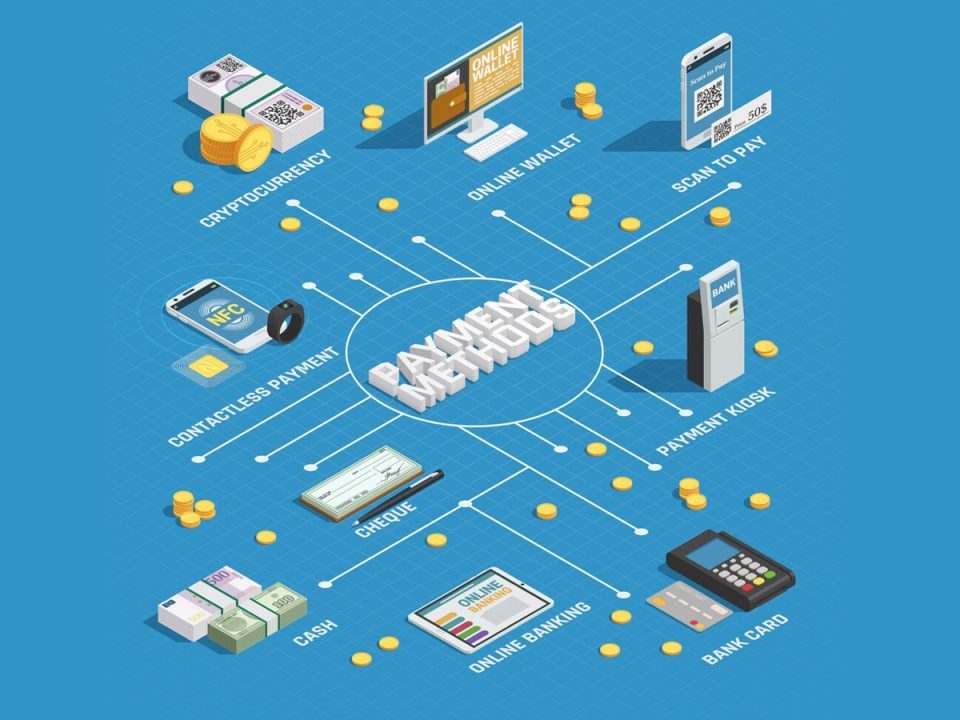Efficiency and speed are at the heart of innovation, particularly in the financial sector. As the demand for seamless, instantaneous transactions grows, the concept of zero-latency payments is gaining prominence. These systems aim to provide near-instantaneous transaction processing, eliminating the delays traditionally associated with payments. At the core of these systems lies a powerful concept: event-driven architecture (EDA). By enabling real-time processing of transactions and eliminating latency, event-driven architectures have the potential to revolutionize financial technology.
Understanding Zero-Latency Payments
Zero-latency payments refer to systems that process financial transactions instantaneously, with no discernible delay between the initiation of a payment and its completion. In the modern digital economy, consumers expect instant gratification and real-time services. Whether it’s transferring money between bank accounts, paying for goods online, or even executing cross-border transactions, users want payments to be as fast as sending a message.
For businesses, the ability to offer zero-latency payments can be a competitive differentiator. It improves customer experience, streamlines operations, and opens up opportunities for new business models. This is particularly important in sectors like e-commerce, remittances, and digital currencies, where payment speed can significantly impact user engagement and satisfaction.
Traditional payment systems, such as batch processing and legacy infrastructures, often result in delays due to intermediary processing, manual verifications, or time-zone differences. These delays are not acceptable in the era of real-time finance, where even milliseconds can have significant implications. Zero-latency payments eliminate these issues by leveraging event-driven architectures and real-time data processing.
Read More : Global Fintech Series Interview with Tanya Thomas, EVP for EMEA, Q4
Event-Driven Architectures: A Foundation for Real-Time Transactions
At the heart of zero-latency payments lies event-driven architecture (EDA), a system design pattern that treats changes or updates (events) as triggers for real-time processing. Instead of relying on scheduled or manual processes, event-driven systems are reactive, responding instantly to events like payment initiations, stock price updates, or fraud alerts. This allows for immediate responses and actions, which is critical for achieving real-time financial transactions.
In an event-driven architecture, events are the primary drivers of the system’s workflow. These events can be anything from a user initiating a payment request to a system detecting a security risk. Once an event occurs, it triggers a series of automated processes that handle the event in real-time, ensuring that payments are processed as quickly as possible.
In the context of zero-latency payments, event-driven architectures are essential for:
- Real-Time Data Processing: Payment systems need to process data as it is generated. With EDA, systems can capture and process payment information in real-time, without waiting for batch processes or manual intervention.
- Scalability: Event-driven architectures are highly scalable. As the volume of transactions increases, EDA can handle the load efficiently by distributing tasks across multiple services and servers, ensuring that there is no lag in processing.
- Flexibility: EDA allows for more modular systems, where components can be added or updated without disrupting the entire architecture. This flexibility is crucial in the rapidly evolving financial landscape, where new payment methods and regulations are constantly being introduced.
- Fault Tolerance: In an event-driven system, components are decoupled, meaning that if one service fails, the others continue to operate. This is essential for zero-latency payments, where any downtime can lead to transaction delays or failures.
The Role of Real-Time Messaging in Zero-Latency Payments
A critical component of event-driven architecture is real-time messaging. Messaging systems like Apache Kafka, RabbitMQ, or AWS Kinesis play a crucial role in facilitating communication between different components of a payment system. These messaging platforms capture events and distribute them across the system to ensure that all necessary components, such as fraud detection engines, payment processors, and user notification systems, are notified in real-time.
For zero-latency payments, real-time messaging is the backbone of seamless communication. When a payment event occurs, it is immediately picked up by the messaging system, which ensures that all relevant services respond instantly, without any delay. The faster the messaging system, the closer the transaction gets to achieving true zero-latency.
The Future of Zero-Latency Payment Systems
As technology continues to evolve, zero-latency payments are set to become the standard for many industries. The combination of event-driven architectures, real-time messaging systems, and advanced data processing technologies like artificial intelligence and machine learning will drive the future of payment systems.
In particular, blockchain and distributed ledger technologies (DLT) could play a pivotal role in creating decentralized, zero-latency payment systems that are not reliant on traditional intermediaries like banks. This could further reduce latency and enhance security, making real-time transactions even faster and more reliable.
Zero-latency payments powered by event-driven architectures represent a paradigm shift in how financial transactions are processed. By embracing these technologies, businesses and consumers can benefit from faster, more efficient, and more secure real-time payments.
Read More : Navigating the Future: Key IT Trends in Financial Services
[To share your insights with us, please write to psen@itechseries.com ]
